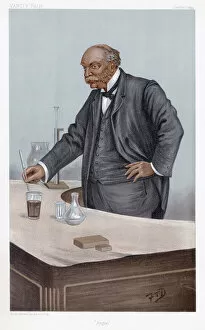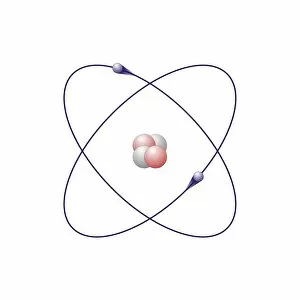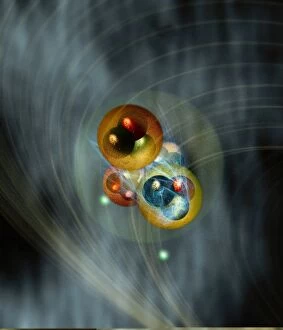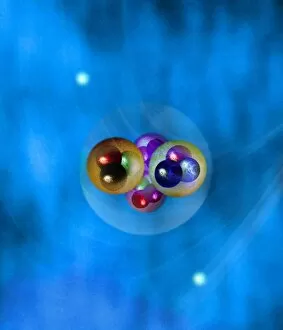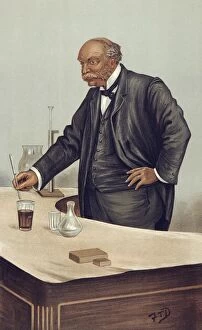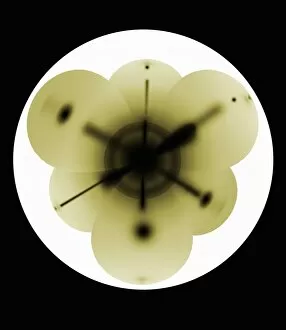Noble Gas Collection
"Noble Gas: Illuminating the Path of Scientific Discovery" Step back in time to witness the brilliance of Lord Rayleigh as he unveils the Argon bulb
All Professionally Made to Order for Quick Shipping
"Noble Gas: Illuminating the Path of Scientific Discovery" Step back in time to witness the brilliance of Lord Rayleigh as he unveils the Argon bulb, a groundbreaking invention that revolutionized lighting technology. (Argon bulb used by Lord Rayleigh (1842-1919) 1895) Join William Ramsay, the Scottish chemist extraordinaire, on his quest to unravel the mysteries of noble gases and earn himself a Nobel Prize in Chemistry. (William Ramsay, Scottish chemist, 1908. Artist: Spy) Marvel at John William Strutt's scientific prowess as he delves into the properties of these enigmatic elements and becomes known as Baron Rayleigh, a British scientist par excellence. (John William Strutt, 3rd Baron Rayleigh, British scientist, 1899) Delve into the atomic realm with Helium - its ethereal presence captured through intricate models that showcase its unique structure and behavior. (Helium atom, conceptual model C013 / 5600) Discover Praseodymium's atomic secrets as its intricate structure unravels before your eyes – an element that adds color and complexity to our world. (Praseodymium, atomic structure) Witness Lord Rayleigh's momentous discovery of argon in 1894 – an event that forever changed our understanding of elemental composition. (Lord Rayleigh discovering argon, 1894) Immerse yourself in artistic renditions depicting helium atoms floating gracefully through space – capturing their beauty and elegance like never before. (Helium atom artwork) Experience neon atoms come alive through stunning artwork – vibrant hues dancing across canvases to celebrate this luminous noble gas.



